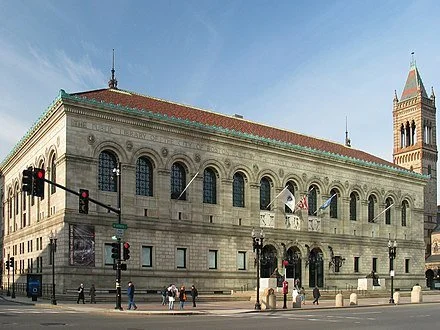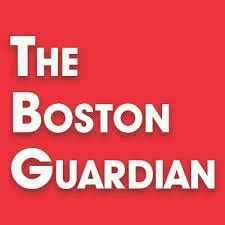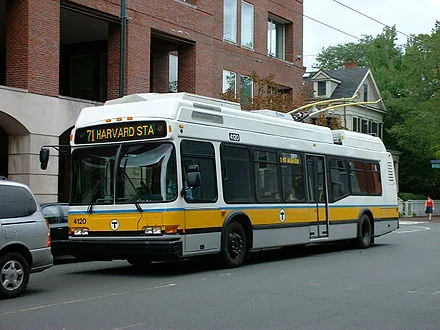“Another op'nin', another show
In Philly, Boston or Baltimoe,
A chance for stagefolks to say ‘hello’
Another op'nin', another show.’’
From “Another Op'Nin', Another Show,’’ from Kiss Me, Kate, music and lyrics by Cole Porter. Opened on Broadway in 1948, in the heyday of the great Broadway musicals and their tryouts outside of New York.
When I was a kid, in the ‘50s and early ‘60s, Boston was a big Broadway tryout town, with soon-to-be famous musicals and non-musical plays undergoing clinical testing and treatment in the city’s compact theater district before being sent to New York, or cancelled as unfixable. The Colonial, the Shubert and the Wilbur theaters were nationally known venues where demanding audiences and critics could make or break a production. Elliot Norton, the once-famous and longtime drama critic for Boston newspapers and WGBH Radio and TV, had considerable national power, which he exercised with great care and insight. He was lauded as a “play doctor,’’ whose suggestions helped make productions that he reviewed into hits on Broadway.
While I found some of the productions boring, I usually liked the theater evenings. Before the shows, my parents, my older sister and I would go to what seemed at the time exotic foreign restaurants, such as Athens Olympia, where I had my first Greek food (favoring the baklava) and Ola (sic?), a Scandinavian restaurant, where, I’m sorry to say, we ate whale meat. Except for my parents’ smoking, it was usually fun.
Many of the shows were musicals (by Rodgers & Hammerstein, Lerner & Loewe, etc.), but we also watched some serious (and occasionally inappropriate for children!) or comic nonmusical plays, too. If the show wasn’t all that thrilling, we could at least look forward to the colorful refreshments in the lobby in the intermissions.
(We also often went to big movies in Boston’s still prospering movie palaces. Ben Hur, This Is Cinerama, Around the World in Eighty Days, etc., but often matinees – not nearly as glamorous as going out at night. But you could eat popcorn at your seat – a no-no in a real theater.)
Boston’s role as a Broadway tryout town began fading in the 1970s. That strikes me as somewhat paradoxical because the city was starting to sweep off a rather Dickensian grittiness associated with the local decline of the textile and shoe business. By fits and starts, fueled by higher education, technology, investment companies and health care, the Hub was entering a renaissance that has made it truly a world city, with a glittery downtown, like, well, Manhattan.
And now the big British-based Ambassador Theatre Group (ATG) and Emerson College may spark a revival of New England’s capital as a Broadway tryout town centered at the Emerson Colonial Theatre, owned by the college; Emerson has longstanding entertainment-business connections. ATG, which is managing the facility, told The Boston Globe that it wants to do a pre-Broadway show there each year.
Of course, it’s a lot easier to see and hear a show on TV or on your computer than in person, but being in a theater as part of a night on the town is much more memorable. But how to make it easier to get to the theater in dense Boston? One way is for theaters to arrange chartered-bus networks to take people in comfort from places in and around Boston directly to the Theater District in season. We took such a bus to Symphony Hall last year and it was a pleasure. One price would cover tickets and transportation.
And, of course, MBTA service should be upgraded to let it better fit Theater District show schedules if and when Broadway-style show business expands enough in the Hub.
But building more parking garages in the district is not a solution. They simply lure more cars and cause more street congestion.
Putting on shows in big theaters is very expensive. There are smaller, high-quality regional venues in the area, most famously the nonprofit American Repertory Theater, in Cambridge, with 556 seats. They can provide some of the process of a Broadway tryout but not in the same way as big, Broadway-style venues such as the Shubert, the Wilbur and the Colonial, which replicate the sense of being in a New York City theater, with more than a thousand seats. Sometimes producers and directors need to gauge a big-audience reaction.
I wonder if college students in Greater Boston, besides those at Emerson, can do a lot of the low-wage jobs at Boston’s big theaters, thereby cutting production costs and thus encouraging more production companies to start their road to New York in the Hub.
Beats Baltimore and Philly! Of all the East Coast cities besides New York, Boston’s cultural history, highly educated audience and low crime make it best suited to be a Broadway tryout town.
Robert Whitcomb is editor of New England Diary and president of The Boston Guardian, where this column first appeared.































